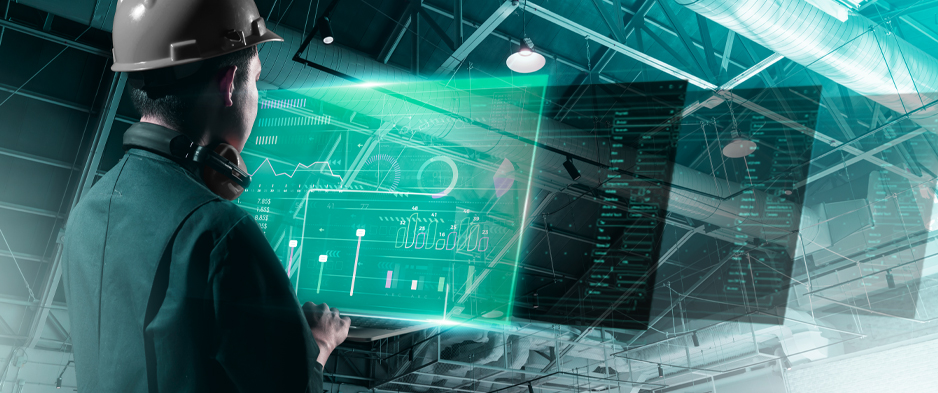Switching from condition-based monitoring to predictive maintenance represents one of the great breakthroughs of Industry 4.0.
The proactive and preventive management of asset maintenance and failure has made it possible to significantly optimize uptime and productivity. This is achieved through the predictive analysis of big data enabled by digitalization, the IoT and artificial intelligence. That is, the analysis of industrial production data in order to identify patterns of operation and malfunctions, so as to subsequently be able to predict malfunctions and problems before they occur.
Predictive maintenance and Big Data
Predictive analysis is based on production data. Therefore, any predictive maintenance strategy requires an effective and timely data collection system. Today there are multiple technologies that allow to implement it, all based on the Internet of Things and real-time communication between devices. In particular, sensors are among the most suitable preventive maintenance solutions.
High-quality static sensors are installed on the machinery that monitor the system in real time, collect and transmit important information, and report any anomalies. This is the first step in enabling an IoT maintenance system. Ideally, the sensors must collect a wide variety of metrics and different types of data (images, audio or video) in order to create and feed a complete predictive model.
Once this information has been collected, it is necessary to start a safe data flow between the sensors/machinery and the central data lake, which is the next step in the predictive maintenance system. A secure container (on-premises or cloud-based) for all data accessible by authorized programs that need it, including predictive analytics software.
Predictive analytics and machine learning
Predictive analysis is guided by modeling. But predictive models involve a machine learning algorithm. Thanks to an in-depth view of the production activity inside the plant and through artificial intelligence, the machine learning algorithms assimilate, aggregate and synthesize production data to recognize complex models and schemes and generate detailed information. This way, over time, models can be trained to respond to new information.
This is why machine learning is another solution that favors and strengthens predictive maintenance. Technological advances in machine learning – such as deep learning algorithms and neural networks – allow us to discover new information and previously hidden patterns. Through machine learning and artificial intelligence, it becomes possible to unlock the true potential of big data, implementing advanced analytics and identifying hidden threats and new predictive maintenance opportunities.

